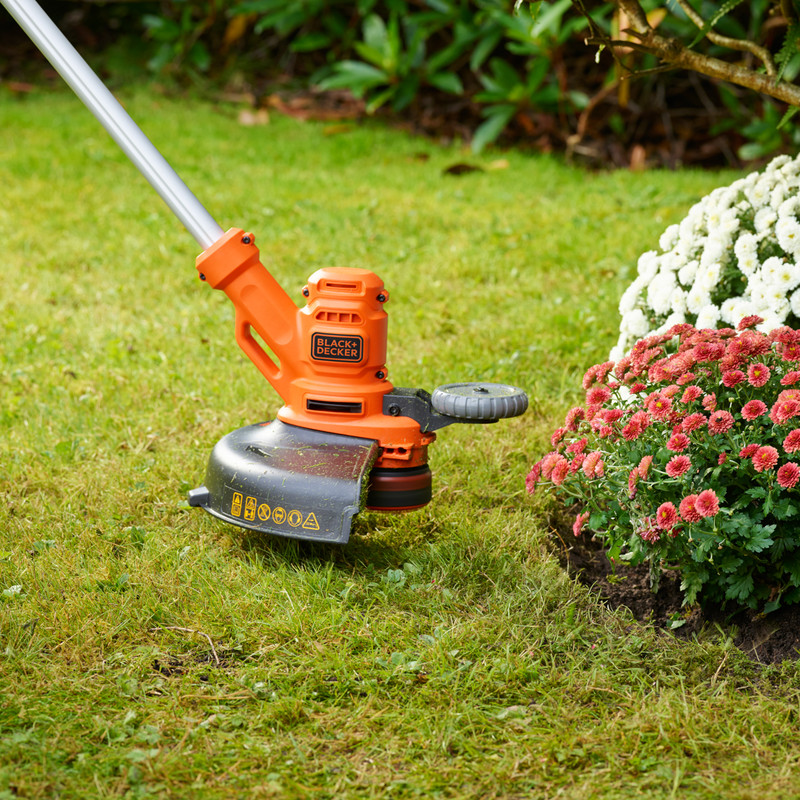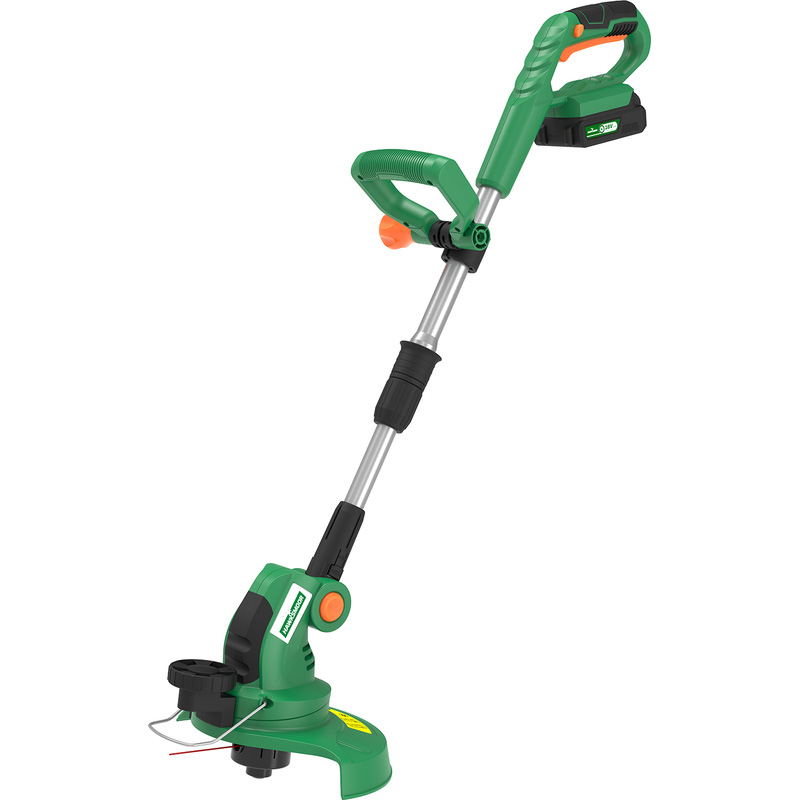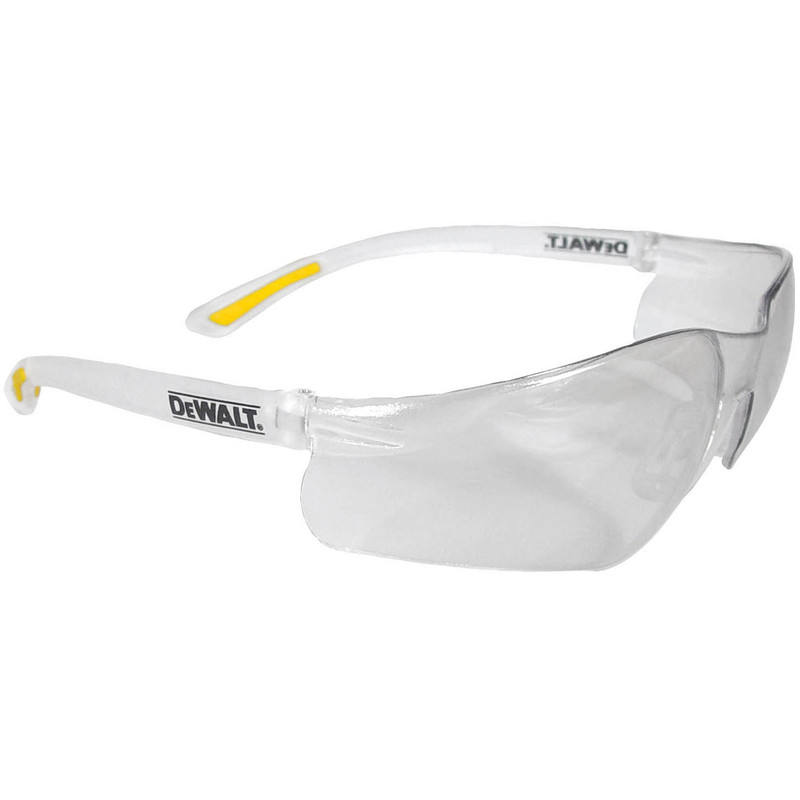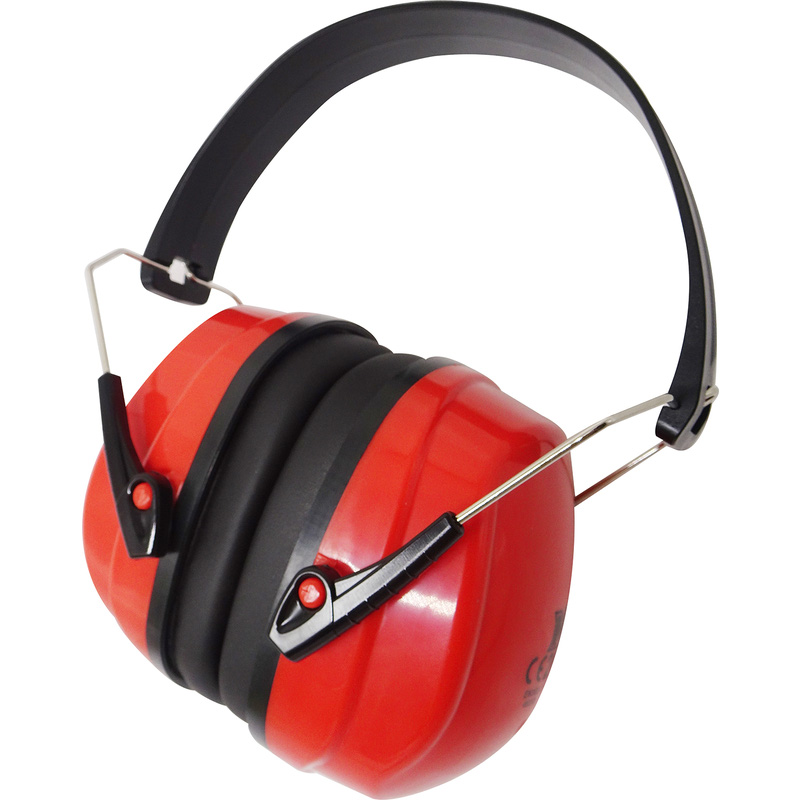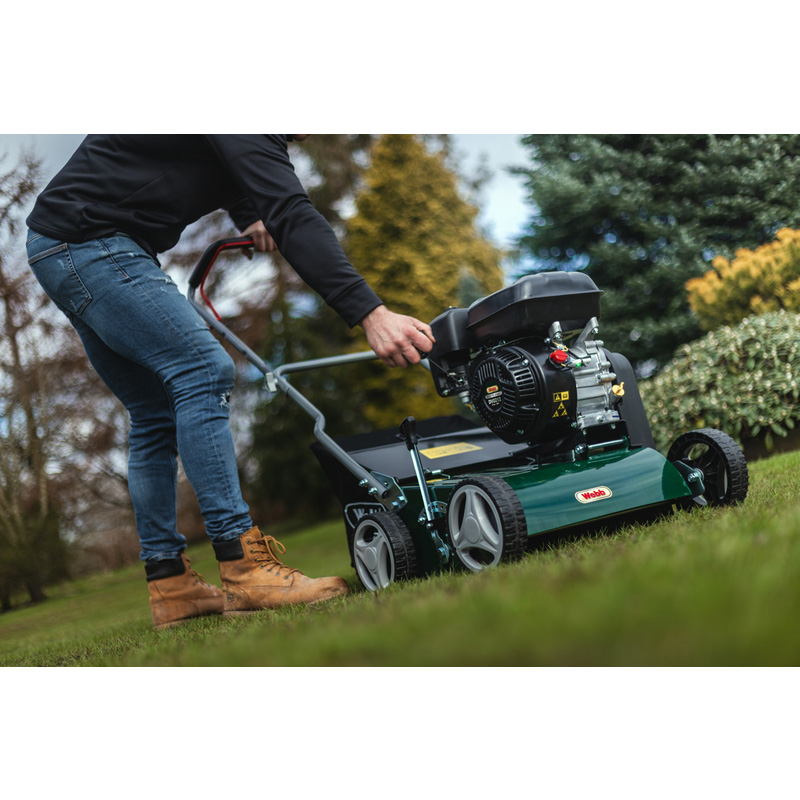If your once well-kept garden is beginning to look more like a jungle, in addition to mowing the lawn and trimming the hedge, using a grass trimmer to tidy up the edges will make your garden the envy of your neighbours, leaving them to think you've hired a professional gardener.
A grass trimmer, also known as a string trimmer, is the perfect tool for maintaining a neat and tidy lawn. While lawnmowers handle larger areas of grass, a grass trimmer is perfect for those hard-to-reach spots like edges, corners, and around obstacles such as trees, fencing, and flower beds. It can help you achieve that professional-looking finish to your garden, giving your landscaping a polished look.
Whether you’re trimming the grass along edges or tackling overgrown weeds, understanding how to use a grass trimmer is key to getting the best results. Keep reading as we provide step-by-step instructions, so you can operate your grass trimmer safely and efficiently allowing you to maintain a beautiful garden with ease.
Essential Tools When Using a Grass Trimmer
Before you get to work on tidying up and trimming your lawn make sure you have the right equipment on hand. Aside from your grass trimmer, it's a good idea to pop on a pair of safety glasses to protect your eyes from flying debris, and ear defenders to lessen the impact of sustained noise.
If you want to cut away especially thick vegetation, like brambles or coarse weeds, you'll need a brush cutter as this is a much more powerful tool designed to be used on tough plant life and greenery.
Step 1: Prepare Your Lawn
Before you begin trimming, the first thing to do is prepare your lawn. Carry out the following steps:
-
If your grass is especially tall, use your lawnmower to give the grass a cut. Doing this will make the trimming much easier and save you a bit of time.
-
Next clear away any obstacles. Take time to remove any items, like garden tools, from the areas you plan to trim to avoid damage or accidents.
Step 2: Start Up The Grass Trimmer and Start Trimming
Now that your trimmer is running, it’s time to start trimming. Keep in mind that it may take a bit of practice before getting it right, so pay close attention when the strimmer nears things like rocks or paved edges.
-
Ensure you hold the grass trimmer properly. Take hold of the handle with both hands and keep the cutting head parallel to the ground.
-
Move the trimmer in sweeping motions from side to side. Keep the trimmer steady so that any cuts are nice and straight.
-
For trimming grass along pavement edges, flower beds, or fences, tilt the trimmer so that it's on an angle - this is known as tapering. Carefully guide the trimmer’s head along the edges for a clean, straight line.
-
Whether you're focusing on edges or larger patches of grass, work in small sections.
-
Whatever you do, don't force the trimmer into dense grass or weeds as you'll run the risk of damaging the trimmer head. Allow the tool to make natural cuts at its own pace.
Step 3: Clean and Properly Store Your Grass Trimmer
After using your grass trimmer, it's a good idea to give it a thorough clean and ensure the line remains tangle free. This will keep it working efficiently and ensure it's ready to go next time you want to trim your lawn.
-
After every use, wipe the trimmer’s head with a cloth to remove any grass clippings, weeds, and dirt. This helps prevent buildup and keeps the tool working smoothly.
-
Next up, check the string or cutting line for wear and replace it when necessary. If your trimmer uses a spool, replace it with a new one or rewind it with fresh string.
Once clean, store it away in a dry place and out of reach of children. If you have a garden shed, this would be ideal. For gas-powered trimmers, make sure to drain the fuel if you don't plan on using it for a while.

